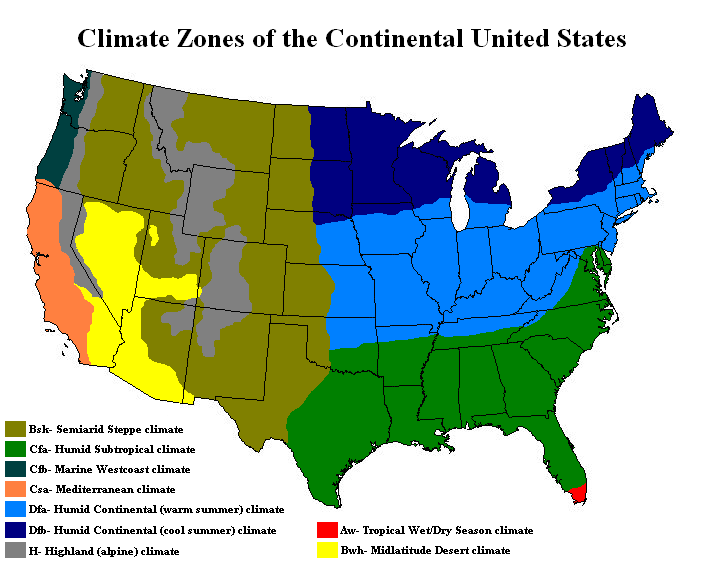You are using an out of date browser. It may not display this or other websites correctly.
You should upgrade or use an alternative browser.
You should upgrade or use an alternative browser.
TOBIAS LIVES
- Thread starter satdiver
- Start date
Yay, that's always a good sight. But where are you that you let him brumate outside of your control?
Most if not all should be brumated in a controlled environment.
Most if not all should be brumated in a controlled environment.
I live in Las Vegas, his enclosure is covered, he lives outdoors all year round. Why do you think they should not burmate outdoors, that's what they do in the wild. He is now six years old and has been living outside for 5 years, he seems to be healthy and content.Yay, that's always a good sight. But where are you that you let him brumate outside of your control?
Most if not all should be brumated in a controlled environment.
They do brumate in the wild in their own native lands. That's a big difference from where we all live. The inconsistent temps that most get during winter isn't the safest for them. They should be in a constant controlled brumating temp where they can't freeze in temps that goes too low or temps that get too warm.I live in Las Vegas, his enclosure is covered, he lives outdoors all year round. Why do you think they should not burmate outdoors, that's what they do in the wild. He is now six years old and has been living outside for 5 years, he seems to be healthy and content.
What you are doing must work for him. He must dig down far enough that the temps stay more consistent than what you get above ground.
Actually, it's the wet conditions that do them in during brumation.

Russian Tortoise Care Tips - Reptiles Magazine
The Russian tortoise’s small size and curious demeanor contribute to its soaring popularity.
This breeder keeps them outdoors year round in Las Vegas.
i don't believe you will find a temperate region in the world with "consistent" temperatures, especially during season changes ....... there are probably near 10 different climate regions in the united states ...... a month ago here it was -4F , 2 weeks ago it was 70f , today it's 24f , the reptiles here take it in stride, they're built for it .....




The average yearly temps in Vegas are pretty close to what they experience in their natural habitats. The desert tortoise here has pretty much the same weather tolerances as the Russian tortoise , and if you adopt a desert tortoise , they require you build them a burrow and they must live outdoors all year round. So, if it’s good enough for the desert tortoise it should be good enough for the Russian tortoise . And like I said, he has been outside for 5 years now. And he has plenty of shade, food and water. 🐢
Tammy. Sometimes you almost sound sensible. Almost.I guess people do what works for them and their animals, and which may not work for someone else, for perhaps a variety of reasons!
I thought if they were kept in too cold or too warm was also a detriment to them? Too cold and they would freeze to death, too warm, probably the safest, but would want to wake and eat. Wet and cold for sure not good eitherActually, it's the wet conditions that do them in during brumation.
The problem is when it doesn't work, the poor torts are the ones that pay.I guess people do what works for them and their animals, and which may not work for someone else, for perhaps a variety of reasons!
Hopefully this one has been able to adjust itself and pretend it's native.
Russian Tortoise Outdoor Pens: Preferred If Possible
We are fortunate to live in Las Vegas, and we house our Russian tortoises outdoors year-round with very little maintenance. Outdoor temperatures range from a low of about 20 degrees up to 115 during an average summer.In a dry climate, wood works very well when constructing outdoor tortoise pens. Our Russian tortoise pens are built with stained 2 x 6 and 2 x 12-inch lumber. The walls generally extend 12 to 16 inches above ground, with 6 inches buried below ground because Russians can be diggers. They will occasionally dig in a corner, but if you place a large flat rock there and cover it with substrate, they will quickly give up, at least in that corner. Cap all the corners with an overhang because corners are where essentially all escape attempts are made. Taller walls can be used for better containment, but if they’re too tall they become obstructive for viewing and less conducive to airflow/temperature control; in a deeper pen, the temperature can stagnate.
We prefer pens that are at least 5 x 8 feet. In any smaller enclosures, we have a hard time getting the temperature gradients that we want, with the sunny areas versus the shade, the dry versus the damp, etc. We shade our enclosures with mesquite trees; they drop their leaves in the winter, letting more sun through, and grow a shade canopy during the warmer months. They are also easy to shape and prune, so you can keep part of the enclosure in full sun and other areas shaded or with broken shade during the summer.
We build wooden hide boxes with a small door for every enclosure, to provide the tortoises a place to retreat from the sun. We like the entrances as small or tight as possible to prevent drafts inside the hide box. This is also where they hibernate through the winter. The boxes don’t need to be large, just enough for each tortoise to fit and then maybe 50 percent more space so they can arrange themselves within it. We include a 6-inch layer of cypress mulch for burrowing and hibernating.
During the summer the hide boxes are in the shade under a tree, which helps keep the interior cooler. During the winter they are placed in full sun most of the day, so they don’t get too cold at night as the substrate within the box warms up a bit during the day.
Visit a local nursery to find live plants that will do well in your climate, then go home and research them to see if they are non-toxic and tortoise-appropriate. For several years we bought plants, often online, that we thought would work, only to have to fight to keep them alive. Then we got smart and began buying with our climate in mind. We now use many types of sage, pampas grass, yellow iris grass and deer grass (mostly for shade, as our Russian tortoises don’t eat the clump grasses too much), cassia, morning glory, prickly pear and globe mallow, which is a native plant we can dig up on our property and transfer to the tortoise pens. All these plants have extremely low water requirements once established.
In addition to the plants, we have some boulders and other naturalistic objects in the pens, and rolling hills with varying elevations.
